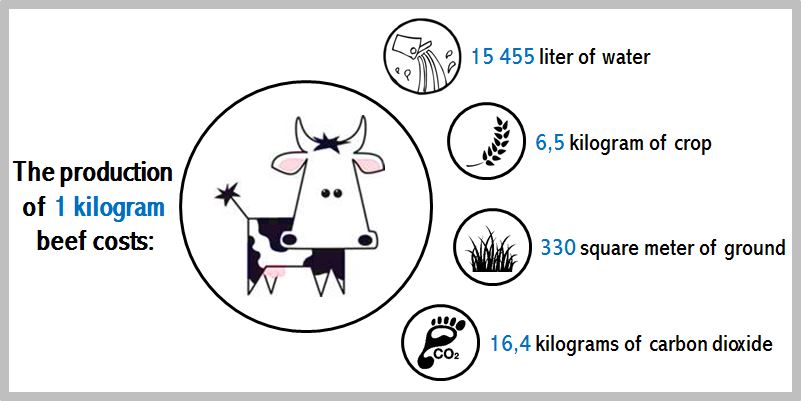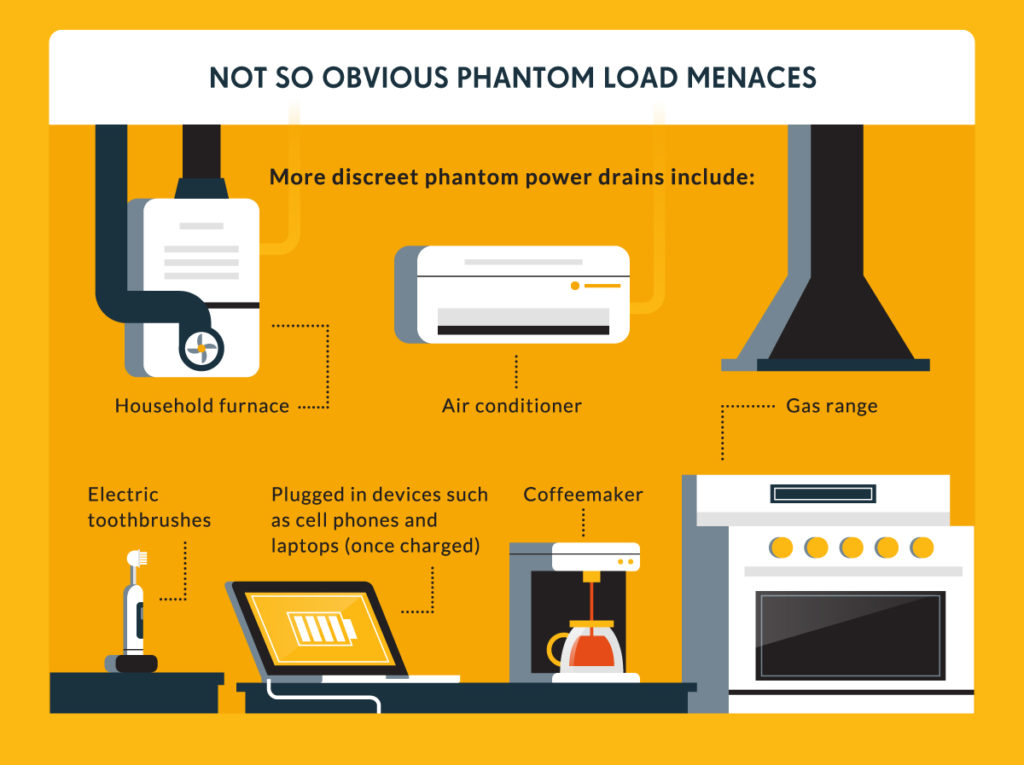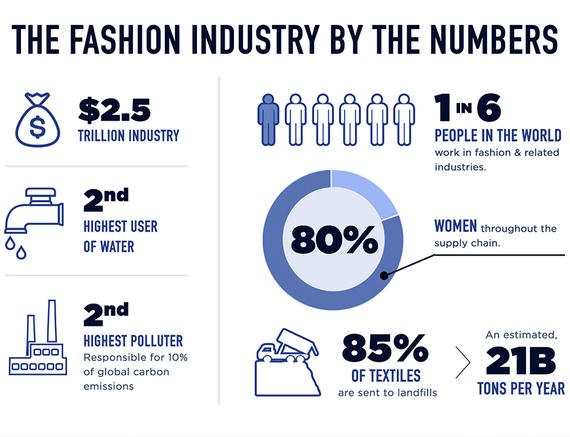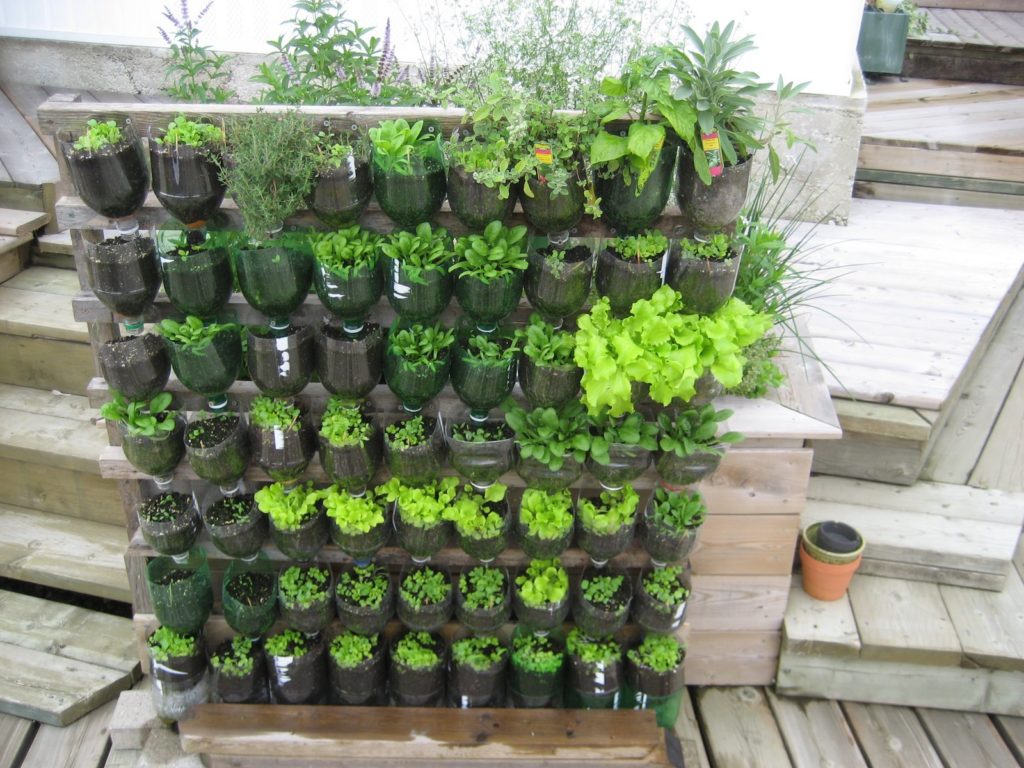We are all undoubtedly troubled (some more, others less) with the impact our everyday actions have on the rapid climate change. So we are looking for practical ways to affect it positively and we may need few guidelines. Here is a sensible list:
Source: HuffPost
1. Stop Eating (or Eat Less) Meat
The single most effective action you can take to combat climate change is to stop eating meat. Certainly not an easy thing for us Greeks. Still, just limiting your meat consumption can make a huge difference. Greenhouse gas emissions from agribusiness are an even bigger problem than fossil fuels. So while we often talk about cutting our reliance on fossil fuels – and this is still critically important – we rarely discuss the worst culprit. Red meat is particularly to blame, consuming 11 times more water and producing 5 times more emissions than its poultry counterparts.
You don’t have to become a vegetarian, but eating meat less frequently will significantly help the environment. To get 1 kgr of beef, it takes over 15.000 litres of water – as the number one consumer of freshwater in the world, animal agriculture is drastically increasing the problem of water scarcity. Don’t forget to inform others: many people simply don’t know about the connection between meat and climate change.
2. Unplug Your Devices
You might be surprised to learn that all electronics suck energy when they’re plugged in, EVEN IF they’re powered down. In the U.S. alone, “vampire power” is responsible for draining up to $19 billion in energy every year. Anytime a cord is plugged into a socket, it’s drawing energy – so although your device isn’t charging, you’re still contributing to your carbon footprint. Simple solution? Leave your electronics unplugged at all times, unless you’re actually using them.
In regards to smart phones and I have personally managed this one easily, charge them few hours before you go to sleep, unplug them and if needed charge them at work when you arrive in the office. Another plus you get is extending your battery life cause overcharging at night is harmful to them.
3. Drive Less and/or Car Sharing to Work
Choose to walk, bike, or use the metro – leave the car at home, and you’ll be making an easy decision with immediate results. Many people are opting to bike to work, especially with bike lanes becoming more prevalent. Cities are finally investing in the necessary infrastructure to make it easier not to own a car.
Many new bus routes are even turning to hybrids, solar power, and other eco-friendly alternatives. In the U.S., public transportation saves 37 million tons of carbon emissions every year. Cities are also increasing walkability, with architects incorporating more outdoor and green spaces, and new buildings focused on green infrastructure and community engagement.
This is a tricky one, especially for Athens – we know…still, you might want to consider car sharing to work. Chances are a colleague lives near you, so you can take it in turns month by month. Upload a common folder in your intranet, design an effective comms campaign and you might be surprised with the interest levels.
4. Don’t Buy “Fast Fashion”
Many major clothing retailers practice what is known as “fast fashion” – selling an endless cycle of must-have trends at extremely low prices. Have you ever wondered how it’s possible to pay only $4 for that t-shirt? In this consumer society, we think of fashion as disposable – after all, if I only pay $4 I might not think twice about throwing it away. Heaps and heaps of clothing ends up in the landfill, often to justify buying the latest styles. We’re talking over 15 million tons of textile waste – with quantity over quality, fast fashion retailers can charge next to nothing for items that are mass-produced.
They push these garments to sell by creating more fashion “cycles” or “seasons” – where there used to be 4 per year, there’s now often 12 to 15. There’s also the issue of contamination: almost half of our clothing is made with cotton, and unless it’s labeled as “organic” cotton, there’s a high chance that it’s genetically modified cotton sprayed with lots of pesticides (including known carcinogens).
This can be damaging to neighboring non-GMO crops, cause water contamination, reduce biodiversity, and have negative impacts on human health. Don’t forget that anything made overseas has a huge environmental impact – from the physical act of shipping a product across the ocean, to the chemical runoff from garment factories (leather tanneries are particularly bad). As if that’s not enough, fast fashion is an industry still largely propped up by child labor. Toxic to the environment, detrimental to human rights – who needs it? Try alternatives like re-purposing old clothing, choosing locally handmade garments, buying vintage, or participating in clothing swaps with family and friends.
5. Plant a Garden
Whether you live in a house or an apartment, planting some greens is a quick and easy way to reduce your carbon footprint. We all know plants absorb carbon dioxide – a beneficial relationship for humans, that we should all be seeking to nurture. Plant some bee-friendly flowers, a few trees, or a vegetable garden. Balcony gardens are great for urban dwellings. Cities often need to reduce the “urban heat island” effect – basically, cities tend to be hotter than rural areas because of vast pavement areas, concrete buildings, and increased human activity. Creating more spaces for plants, grasses, and trees can mitigate this effect and lead to better cooling, which will be a necessity with worsening climate change. Help avoid the “heat island” effect by planting trees for shade, or maybe try a green roof or community garden.
Related Article from our Blog:
6. Eat Local (and Organic)
Whenever possible, try to eat local, in-season produce. Sticking to foods that are grown locally, in your own city or surrounding area, helps to reduce the carbon footprint created by shipping foods from elsewhere.
A general rule for where something is grown? The closer to you, the better. When a fruit or vegetable can be grown in a local farm, the environmental cost is significantly reduced.
Just imagine the journey that food from a distant country has to take – by plane, ship, train, or truck, the produce must stay cooled, so it doesn’t spoil, and has usually been picked way too early (resulting in not-so-great quality, and fewer nutrients). Small farms are more likely to adopt beneficial soil-care practices and maintain borders for local wildlife, and eating locally-grown food supports your local economy and promotes food security.
It’s equally important to eat organic produce, which hasn’t been sprayed with toxic pesticides and other environmentally detrimental chemicals. Don’t forget to avoid processed foods: processed and packaged foods are often bad for your health, not just the environment. Processing plants are major polluters, and their products contribute to health epidemics like obesity, diabetes, and heart disease. Choose whole foods that are better for the planet, and better for your own longevity.
Anyone can make these simple changes: they’re easy to implement, and are immediately effective in reducing your carbon footprint. Our actions and choices ultimately make a difference, and we all share the responsibility to do whatever we can to address climate change, big or small.






